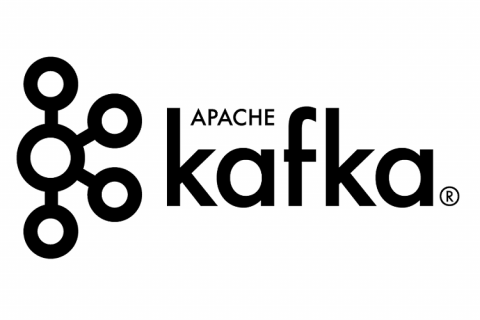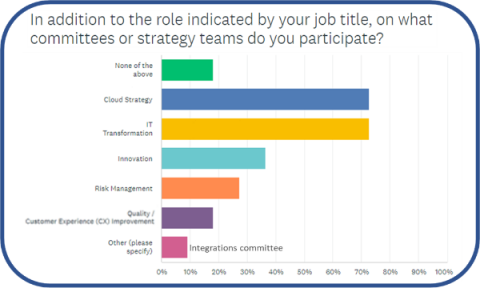The Role of Middleware in Distributed Systems
In distributed systems, middleware is a software component that provides services between two or more applications and can be used by them. Middleware can be thought of as an application that sits between two separate applications and provides service to both. In this article, we will see a role of middleware in distributed systems.





